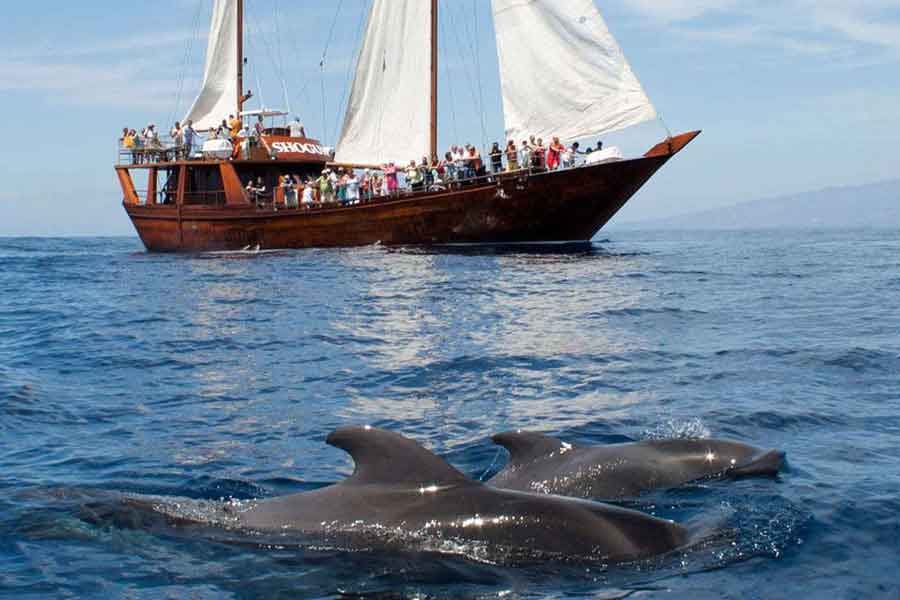
Dolphins seem to have a strange affinity with human beings. It is common to see them approaching boats, performing impressive acrobatics at the bow. However, this proximity often proves costly for these friendly cetaceans as they often fall victim to the nets of fishing vessels.
According to studies conducted by marine biologist Karen Pryor from Hawaii, these interactions have changed in recent years. Initially, it appears that dolphins can distinguish between fishing boats and scientific research vessels, even when the latter are refurbished fishing boats, to which they behave freely. But as soon as a fishing vessel approaches the area, they take all precautions, meaning they avoid leaping out of the water, and the vapor from their breaths becomes less noticeable on the water’s surface. This does not mean they don’t approach fishing boats at all. They do, but always from the starboard (right) side and avoid, as if it were the plague, positioning themselves on the port (left) side. It seems they realized that the nets are gathered by the pulleys located on the port side of the ship, while on the other side, they are not exposed to any risk.
Finally, no less surprising is the fact that Pacific dolphins, when trapped in a net while attempting to capture tuna, remain calmly swimming on the surface and in the center of the net, waiting for the moment when the boat reverses to begin retrieving the net. During those moments, the upper edge of the net, near the ship’s side, sinks for a few seconds, a time the dolphins take advantage of to swim in single file, escaping the deadly trap through that opening. The insurmountable problem arises during nighttime fishing, where dolphins cannot find the opening and end up trapped.
«One cannot defend what one does not love, and one cannot love what one does not know.»

